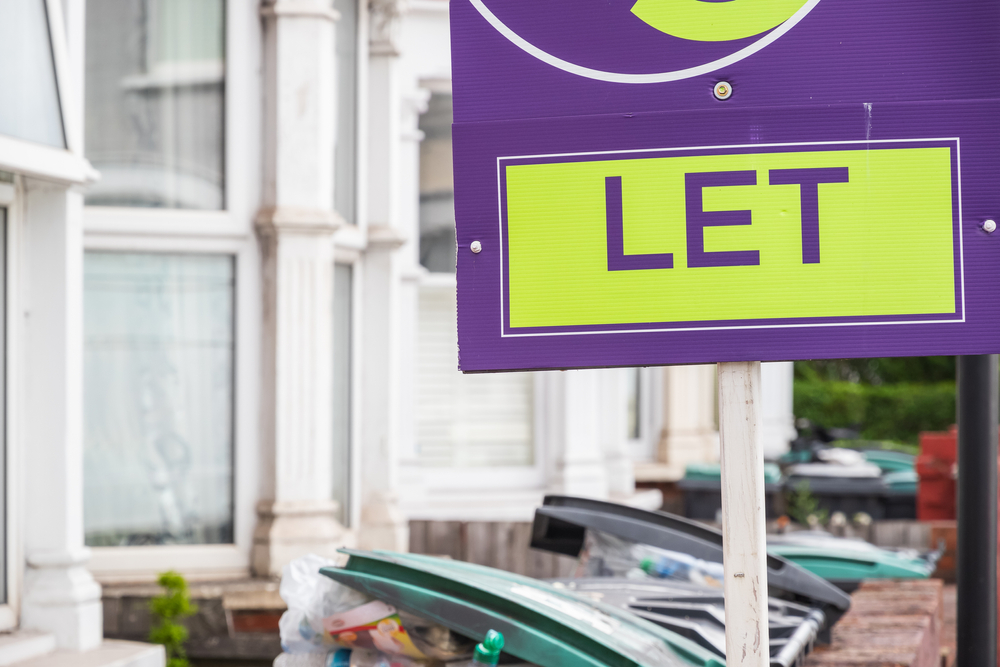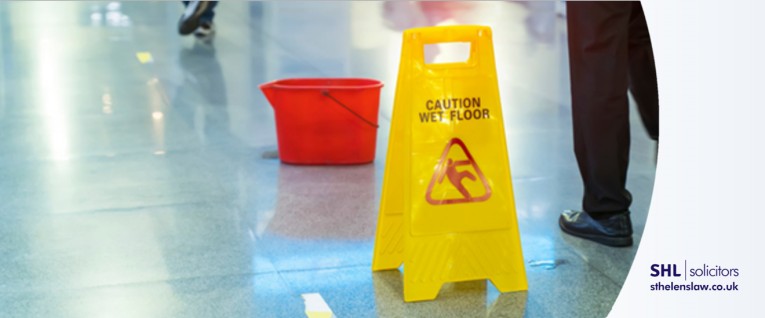- Home
- About Us
- Services
- Family Law
- Dispute Resolution
- Property – Residential
- Property – Commercial
- Housing Disrepair
- Wills & Probate
- Personal Injury
- Receive Compensation From a CICA Claim
- Clinical Negligence Solicitors
- Professional Negligence
- Inquests
- Commercial Litigation
- Small Claims
- Debt Recovery
- Possession Proceedings
- Insolvency and Restructuring
- News
- Contact
- File View











